Sunday Runday

On this weekly column, Android Central Wearables Editor Michael Hicks talks concerning the world of wearables, apps, and health tech associated to working and well being, in his quest to get sooner and fitter.
This week, I wore augmented actuality glasses that confirmed my tempo, coronary heart fee, energy, and different stats within the nook of my imaginative and prescient whereas working, the info ported over from my Garmin Fenix 8. Whereas I do not assume the {hardware} is sort of there but, it is sufficient to excite me concerning the future prospects.
I want extra time to overview my ENGO 2 AR glasses correctly, however the idea fascinated me when ENGO pitched their working HUD to me. Would seeing real-time stats with only a look encourage or distract me?
The design is greatest suited to cyclists who must preserve their eyes on the highway and off their watch or bike pc. Nonetheless, there is a motive why so many runners depend on audio prompts to show their stats, with out having to interrupt stride and look down at their wrists.
So, I wore these sensible glasses on some hilly runs and hikes, utilizing stats like elevation acquire and common ascent velocity to inspire myself to maintain pushing, plus my common coronary heart fee to see if my training load focus would fall into low/excessive cardio or anaerobic zones.
My most important takeaways? Like most AR glasses, this working HUD’s design and visibility require some enchancment, as does the software program. Nonetheless, after we begin to see glasses with lighter frames and wider area of view (FoV), fitness-focused smart glasses may change into an actual use case.
Operating AR glasses have to seek out the appropriate steadiness
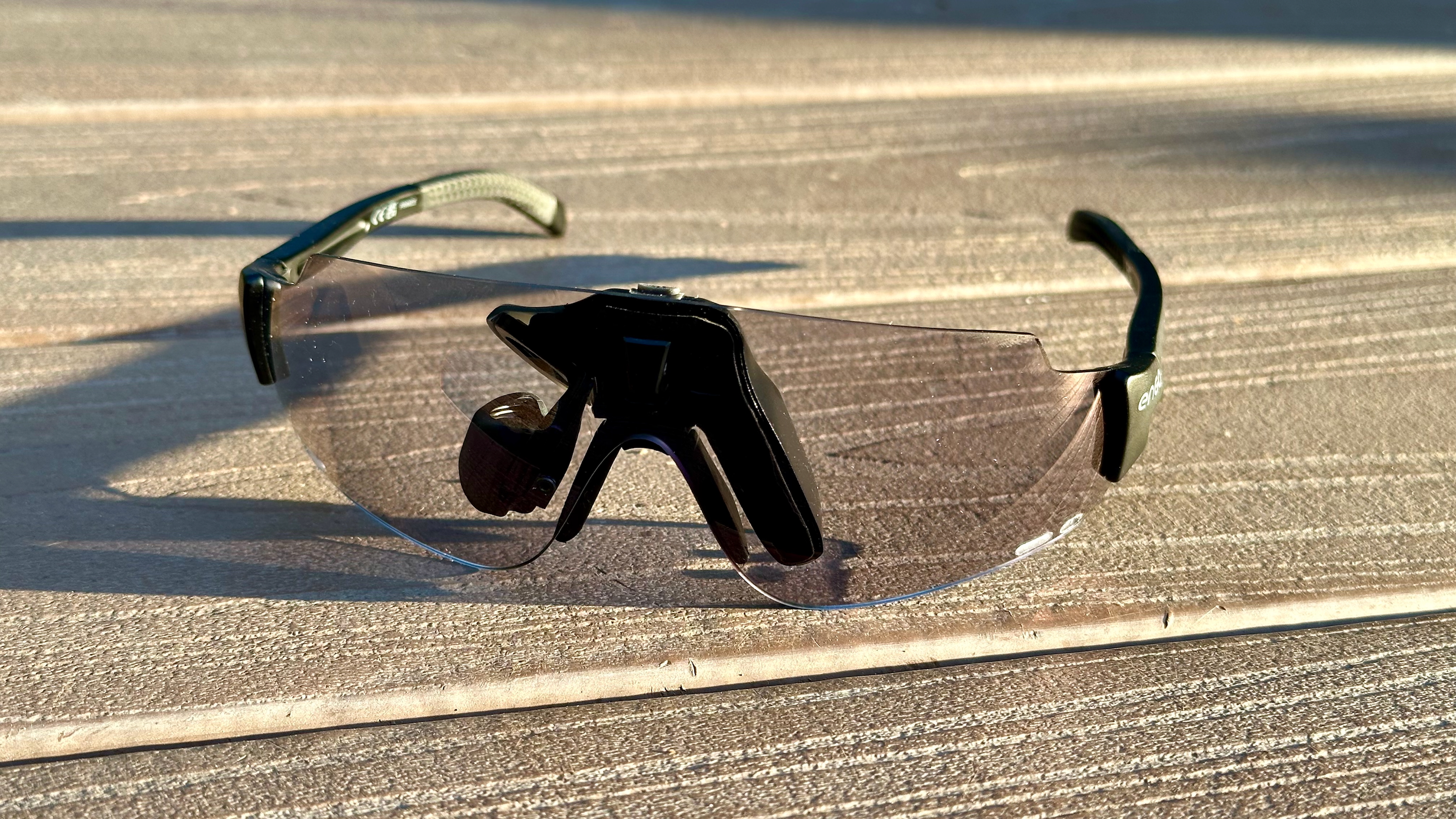
ENGO knew that runners and cyclists would not put up with heavy AR glasses. The ENGO 2 solely weighs 36–41g, relying on the dimensions, or just a little over an oz. That is lighter than Meta Ray-Bans (about 50g) with none holographic tech, and effectively under AR glasses like Meta Orion (90g) or Xreal One (87g).
It additionally has an all-day battery. It is rated for 12 hours, and whereas I have never worn them that lengthy, the proportion barely dipped after an hour of use. In comparison with battery-guzzling AR glasses tethered to a cellphone or battery, that is fairly nice.
Then once more, these ENGO 2 glasses haven’t got conventional sensible glasses options like cameras, audio system, or an AI assistant. They’re extremely specialised and depend on information from one other gadget to work. In different phrases, they’re solely that environment friendly due to their simplicity.
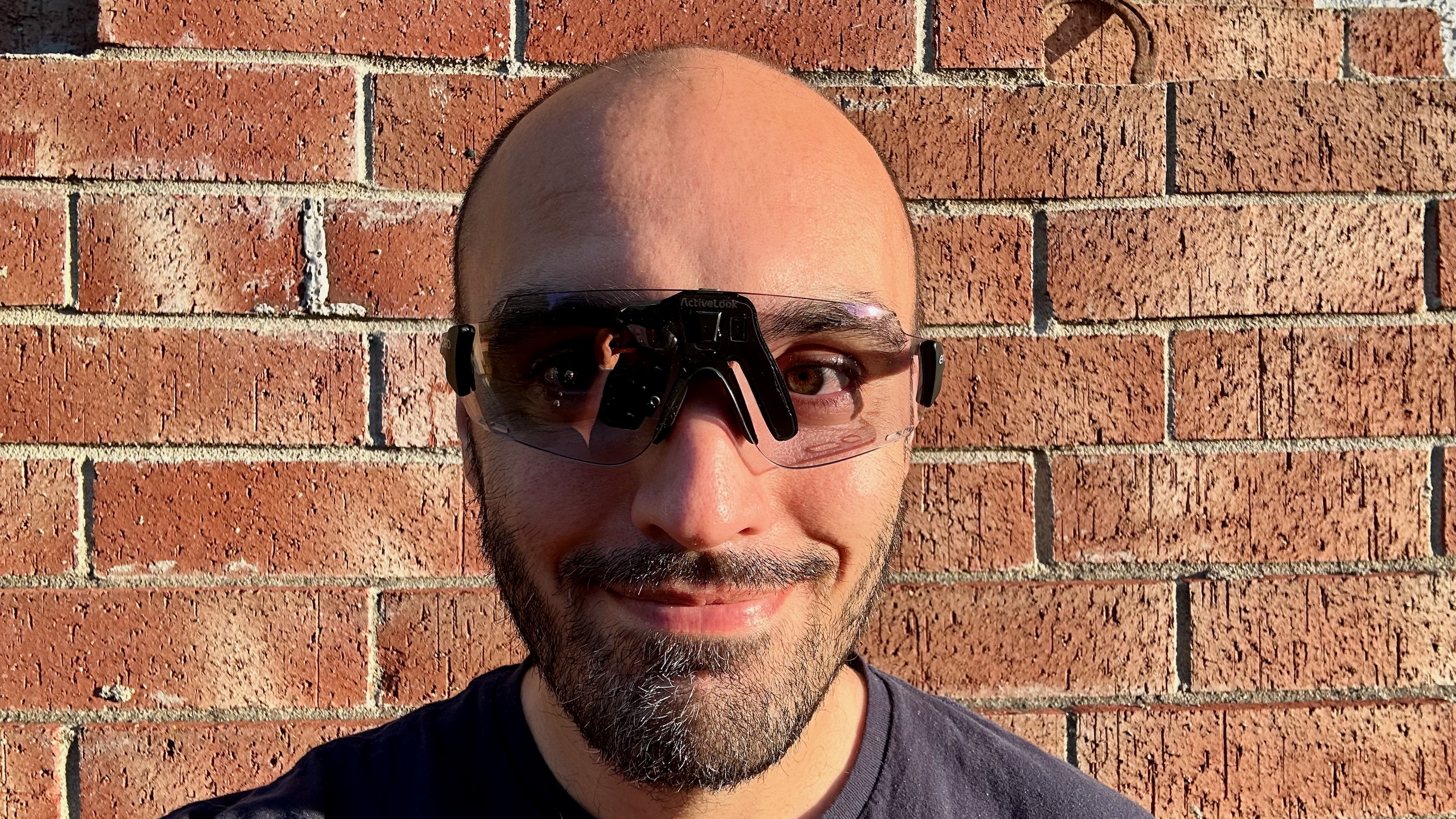
My first actual subject with the ENGO 2 is that its weight is centered on the bridge and nostril pads, the place the battery and HUD are situated. The heart of the gadget block my middle FoV and make the frames slide down my nostril each few strides.
My second subject is that ENGO was so conscientious about maintaining athletes’ imaginative and prescient unblocked that the monocular holographic portion is small, blurry (to my near-sighted eyes), and turns into minimize off each time the glasses slide down my nostril. I can learn every thing, however I’ve to take my eyes and a focus off the path to take action.
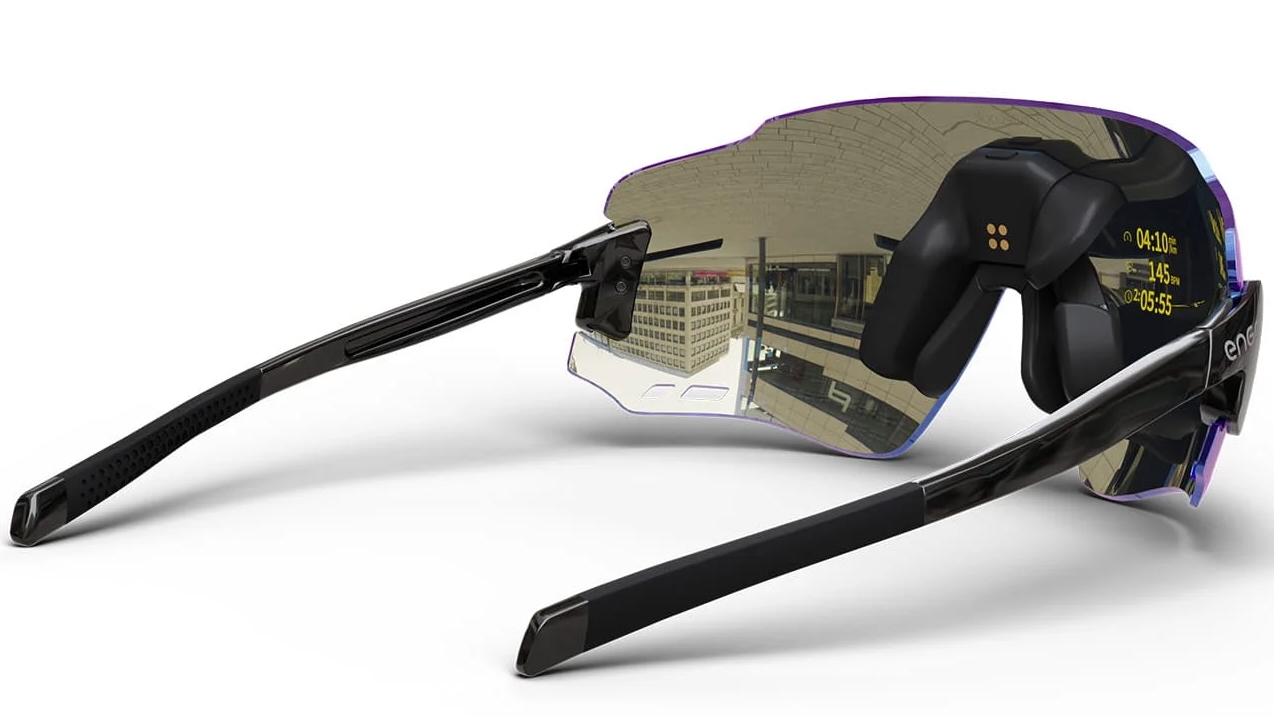
Plus, ENGO 2 glasses depend on a finicky movement management sensor to swipe between information fields. I would discover myself waving my hand in entrance of my face a number of occasions earlier than it registered the change, and since there is not any “again” possibility, it’s essential to wave via your whole dashboard to return to the primary set of stats. It is higher than awkward button controls, however nonetheless extra distracting than I would like.
ENGO despatched me the photochromic glasses that alter to the present mild. They’re simpler to put on in any situations than the static sun shades, but in addition a bit goofier wanting with out that reflective layer, so I would really feel a bit self-conscious carrying them at a race.
Once more, this is not a overview. I am primarily utilizing the ENGO 2 for example of how difficult it’s to get AR glasses proper.
Why athletes ought to take note of sensible and AR glasses (ultimately)
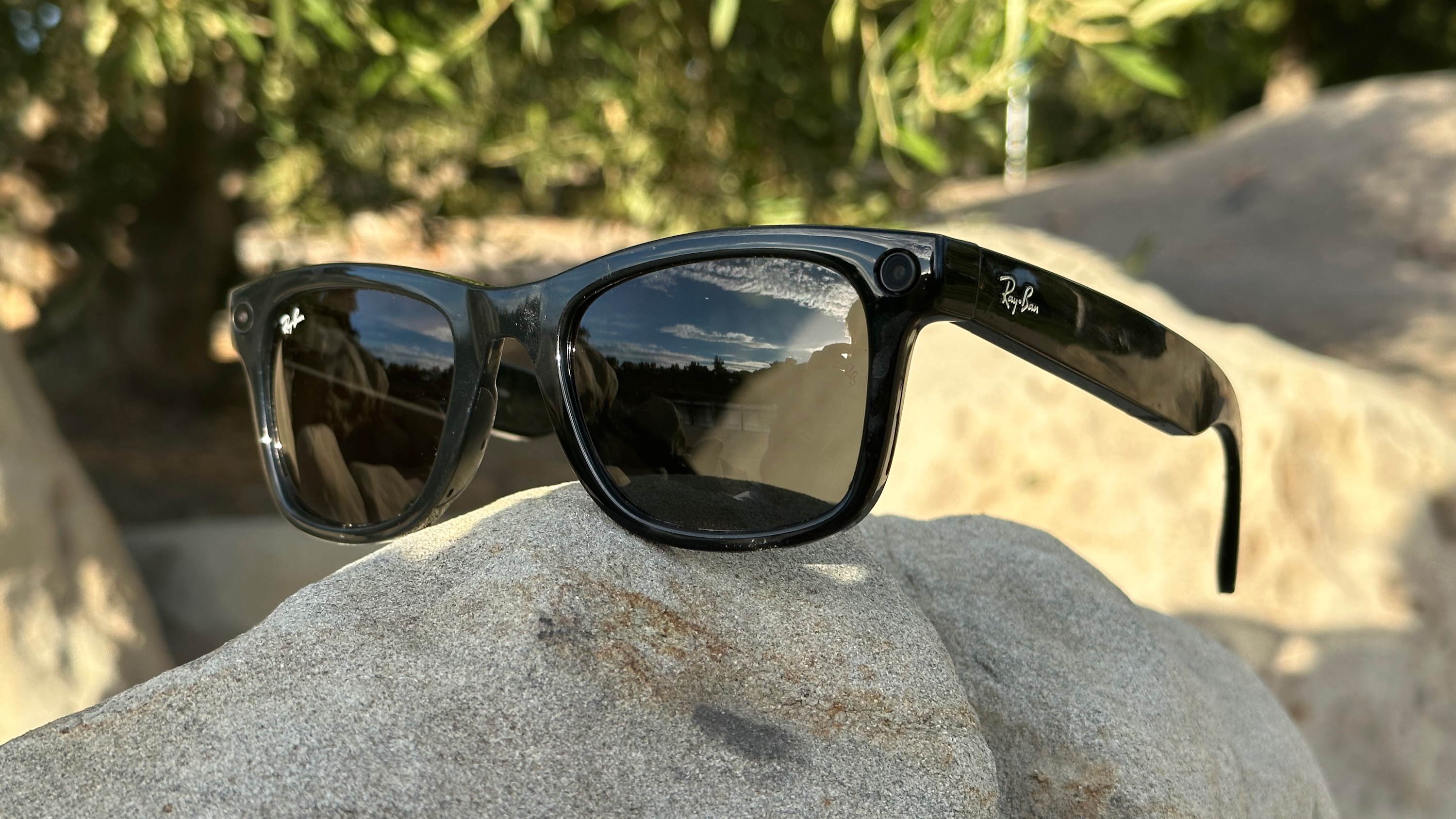
The second I reviewed Meta’s Ray-Bans, I noticed their health potential. So it would not shock me that Meta sees it too: its subsequent Oakley smart glasses will supposedly goal athletes. It even added HR tracking to its research AR glasses, although I ponder how correct it’s in comparison with a smartwatch or chest strap.
Identical to the ENGO 2, Meta Ray-Bans have a tendency to slip down my nostril whereas working, and the burden takes getting used to. Nonetheless, the built-in audio system fulfill the identical open-ear headphone area of interest as my Shokz OpenFit 2s, and the digicam permits you to seize candid, first-person photos or movies of your races or actions.
Since sensible glasses are primarily moveable Bluetooth audio system, they’ll already learn audio prompts from a Garmin watch for lap or mile information, or if you depart your goal zone. Nonetheless, that is not as dynamic as AR glasses, which repeatedly show this information.
What if somebody — Meta, Google, Samsung, or another person — can pull off the entire bundle? May we see AR glasses with audio and AI capabilities packaged with holographic tech and HR monitoring? Ideally, with a wider FoV that makes information extra naturally readable with out obstructing your imaginative and prescient?
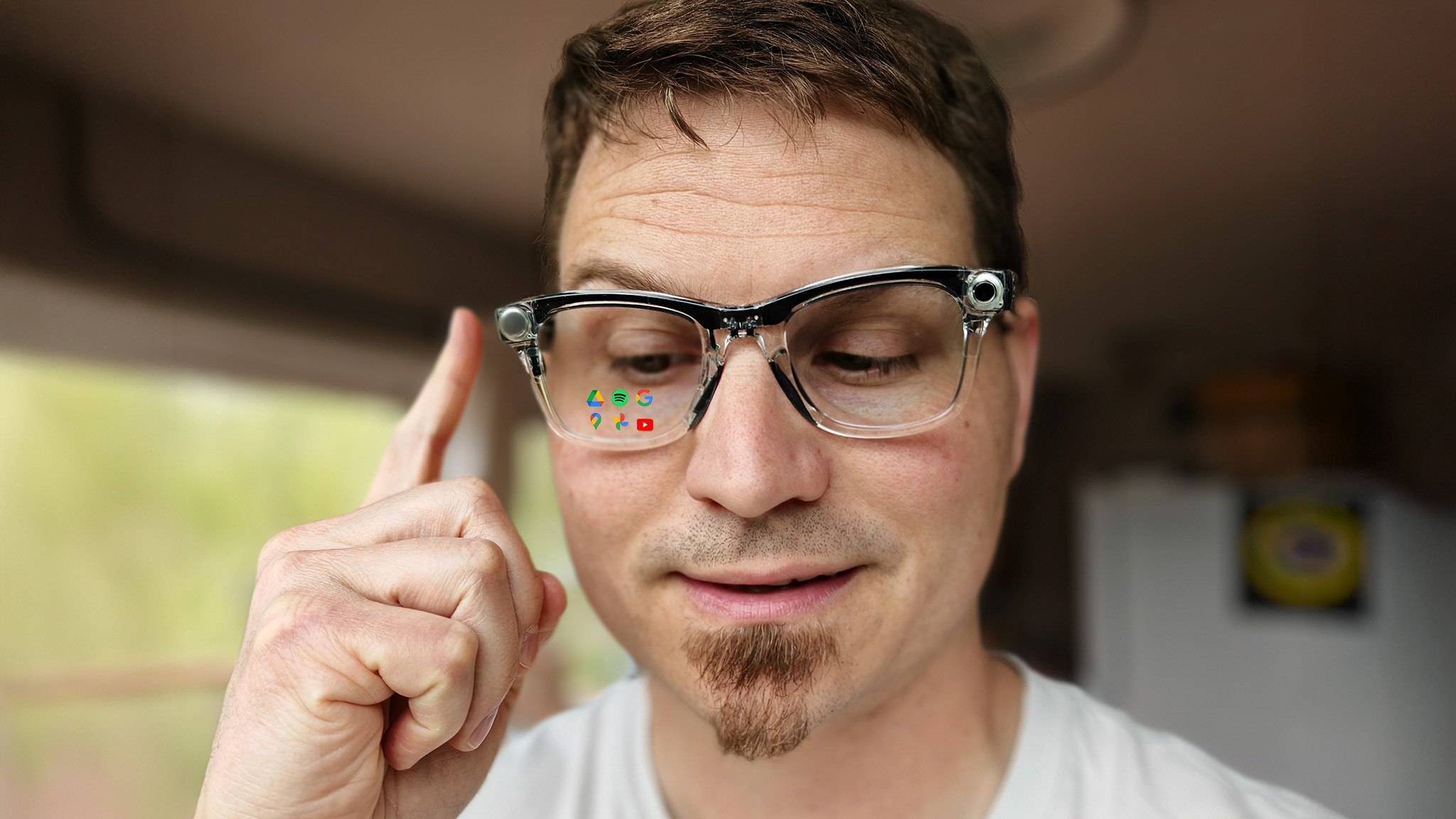
Meta’s upcoming Hypernova AR glasses will characteristic a monocular show within the bottom-right lens space, together with an upgraded digicam and an sEMG band that detects finger gestures for controls. Think about if you happen to may faucet your fingers collectively mid-stride to tug up your HR information in your imaginative and prescient, then faucet them once more to clear the show?
In the meantime, Google and Samsung are creating Project Haean smart glasses with holographic capabilities that solely weigh 50g or so. There is not any assure that these glasses will help health use instances, nevertheless it’s cheap to anticipate that Android XR would possibly provide turn-by-turn navigation for GPX routes or show your Fitbit or Samsung Well being information for exercises.
Sure, these are simply hypotheticals. Nonetheless, I actually consider that sensible glasses manufacturers will observe ENGO’s lead and deal with health as a significant use case, as soon as they’re petite and long-lasting sufficient to enchantment to customers exterior the hardcore tech sphere.
Now’s the time to ask your self: Would you like a HUD to show your well being information, so that you’re at all times conscious of whether or not you are sticking to your goal tempo or falling brief? Or do you assume your present fitness smartwatch or bike pc is sufficient?



 Viesearch - The Human-curated Search Engine
Blogarama - Blog Directory
Web Directory gma
Directory Master
http://tech.ellysdirectory.com
8e3055d3-6131-49a1-9717-82ccecc4bb7a
Viesearch - The Human-curated Search Engine
Blogarama - Blog Directory
Web Directory gma
Directory Master
http://tech.ellysdirectory.com
8e3055d3-6131-49a1-9717-82ccecc4bb7a